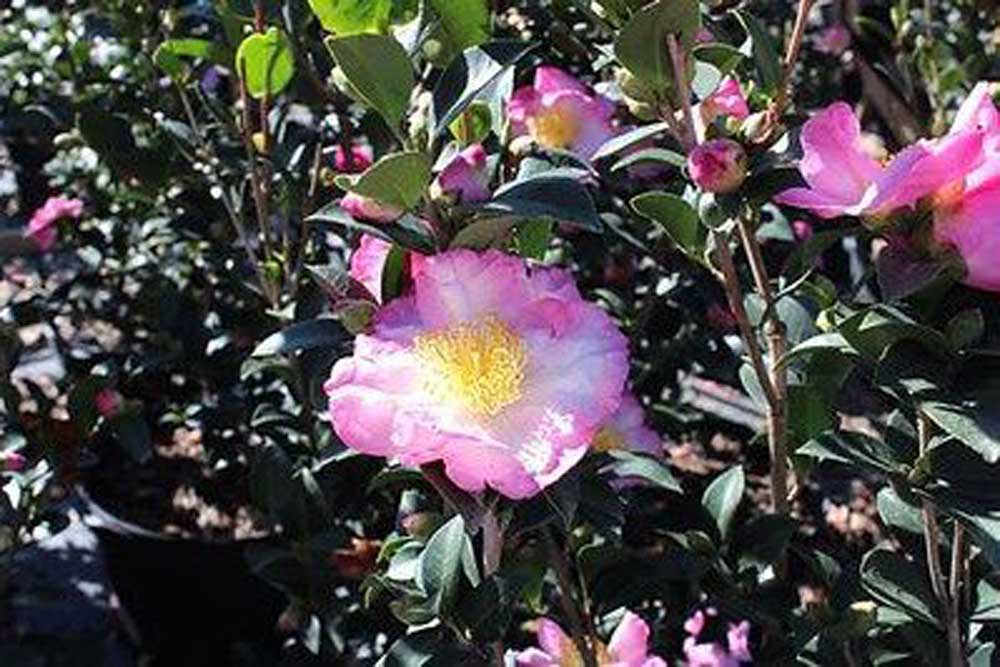Sasanqua camellias are easy to maintain
Published 2:02 pm Wednesday, November 29, 2017

- COURTESY Sasanqua camellias provide fall color.
When I first moved from Dallas to Tyler, one of the first gardening people I met said to me, “I only grow the normal things – like camellias.” I was in awe because when I lived up North, camellias only existed in glass houses, and they were never going to survive in the alkaline soil of Dallas. So the first plant sale I went to, I bought a Camellia japonica that promptly was infested with scale and died. Perhaps, I thought, these semi-fussy plants were not for me. But then I learned about Sasanqua camellias and I became a much happier gardener.
Camellia sasanqua, native to Japan, is a densely branched evergreen shrub that typically grows to 6 to 10 feet tall and wide at maturity. This is a much smaller plant than the japonica that can grow into a tree 15 to 25 feet tall. There is also a dwarf sasanqua that only grows between 2 and 5 feet tall and wide. So these camellias are much better suited for foundation plants. They also are not susceptible to scale, which makes them an easy care alternative to their fussy cousins. They are early bloomers. Depending on the variety you select, Sasanquas can bloom any time from late summer through autumn and into winter. Most I’ve seen start blooming in the late fall and bloom through December, when the japonicas take over. Flowers may be single, semi-double or double, usually with a central burst of bright yellow stamens. The colors of the blooms range from cherry red to rose to shell pink to a fair white.
Plant Sasanqua camellias in sun-dappled part shade in well-drained soil that is evenly moist. Most are sold in pots or tubs. When transplanting them into the garden, it is important to plant them with the soil level in the container even with the soil level of the ground. After planting, apply root mulch (leaves or shredded bark). Prune as needed to control size and shape after flowering.
Sasanqua camellia is easy to find in the retail trade and now is the perfect time to plant them. Add one to your garden and enjoy blooms after your summer flowers have faded and died.






